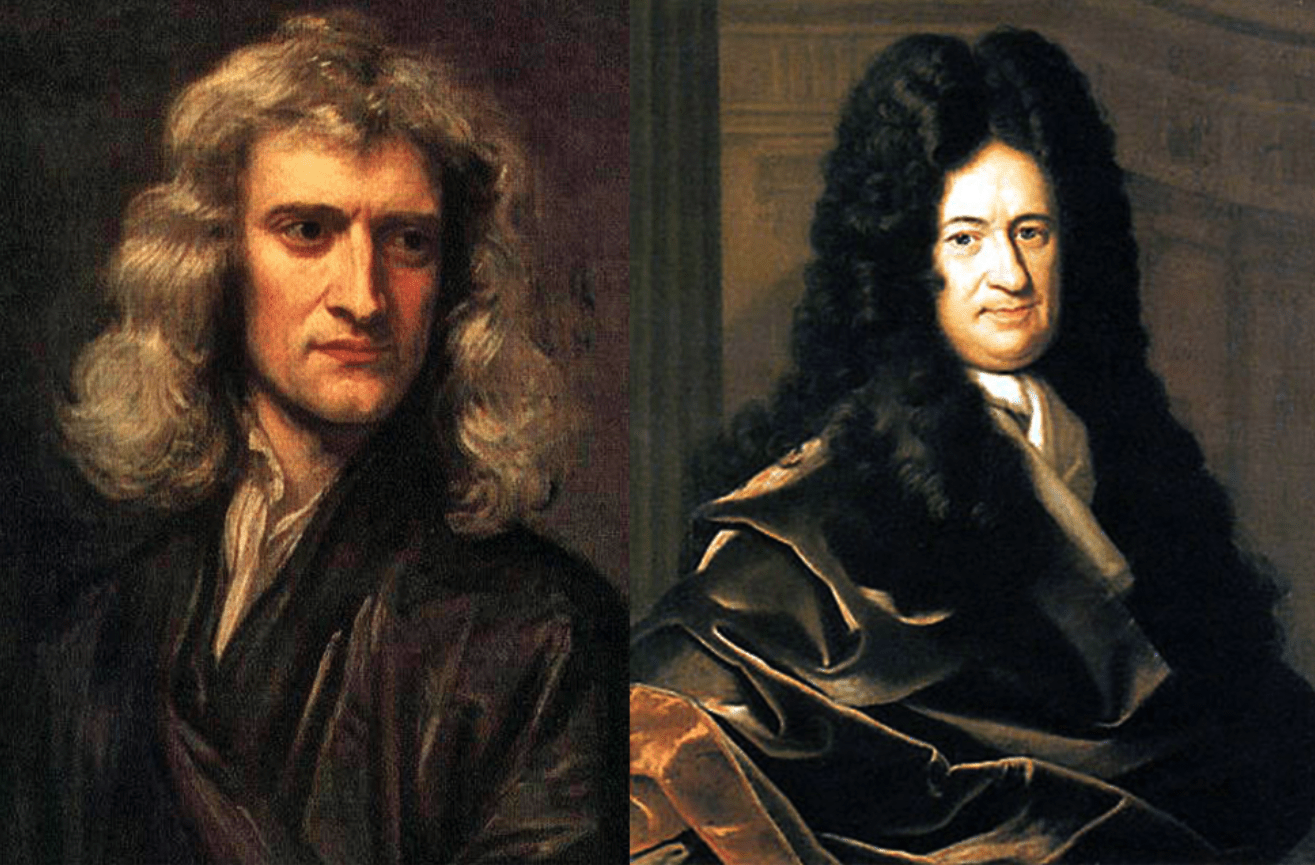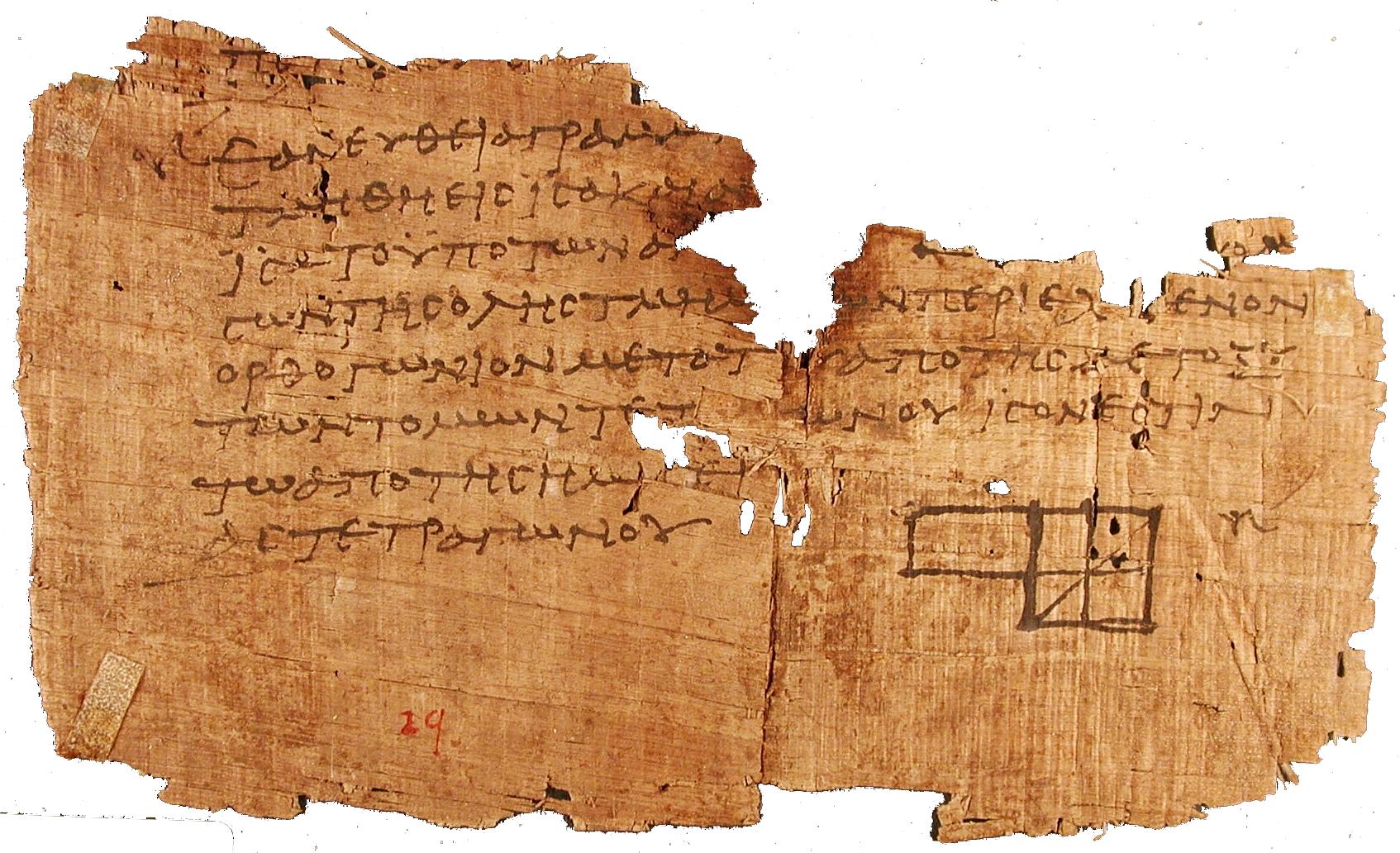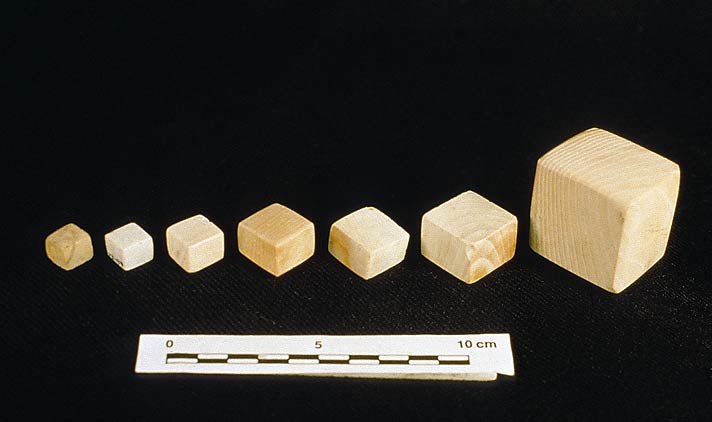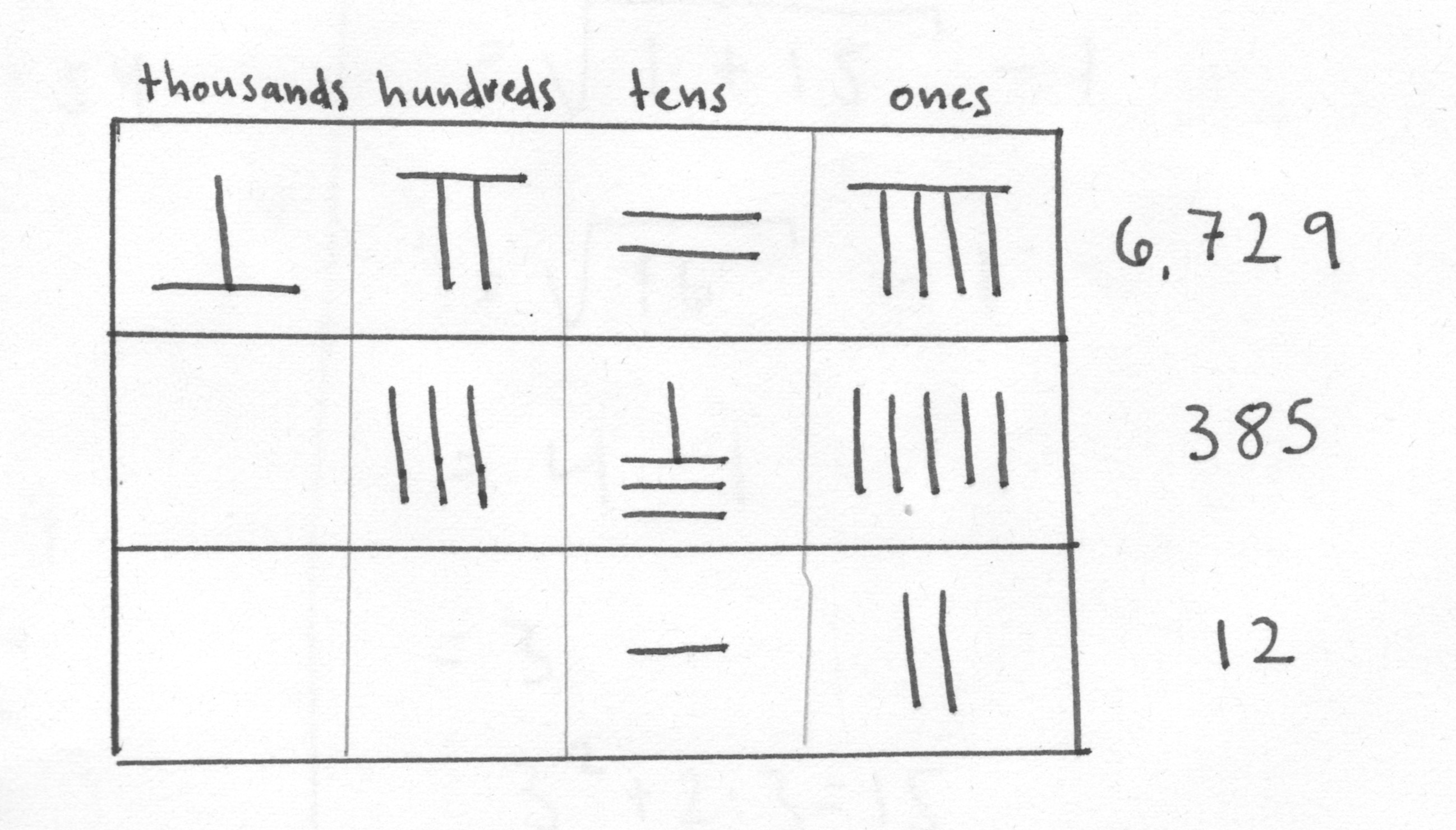Class Report: The History of Math (MTH 404)
I loved this class. Although I suppose I technically could've done it, becoming a math teacher without having studied the history of math now seems insane, like teaching physics without knowing the incredible stories of Galileo, Copernicus, Kepler, and Newton.
Read more →Class Report: Defense Against the Dark Arts (CS 374)
Defense Against the Dark Arts is Oregon State’s course in computer security. If the title rings a bell, it’s because it’s also the name of the magical defense class that Harry Potter and his classmates took at Hogwarts. Having a playful name, (especially in comparison to “Assembly,” “Networks,” “Algorithms,” etc.) made me think that the course would be playful too, but I was mistaken.
Read more →Class Report: Capstone (CS 467)
The final course in Oregon State’s computer science program is Capstone, in which students form groups of three to four and spend the entire term building one project.
Read more →Who Invented Calculus?
Calculus was invented in the late 17th century by the Englishman Isaac Newton. Or by the German Gottfried Leibniz. Or maybe their work was just a natural outgrowth of seeds sown by the Greeks two millennia before. Or maybe the Chinese and the Keralites.
Perhaps none of these statements are mutually exclusive. To see why, I’ll cover what the Greeks and Chinese knew about exhaustion and what the Keralites knew of infinite series, and then move forward to the era of Newton and Leibniz.
Read more →The Math of the Renaissance
Last week I covered the math of Ancient Greece. Fast-forward about 1,500 years and we’re in the Italian Renaissance, the period which ushered in dramatic changes in art, science, politics, the economy, and of course, mathematics. The three most significant changes, covered below, were the pursuit of formulae for higher order equations (i.e., moving beyond the quadratic formula), modernizing and standardizing mathematical symbols, and coming to a consensus on what seems like a trivial question: What is a number?
Read more →Drawing the Soul Toward Truth: The Math of Ancient Greece
In my previous posts on the history of math, one theme that came up repeatedly was that the same mathematical ideas arose again and again in different periods and in different cultures. Classic examples of this include the decimal system of numeration, the concept of zero, the basic operations, and even more advanced ideas such as the Pythagorean theorem.
Read more →Algebra and Restoration
In the final chapter of The Crest of the Peacock, Joseph explores the mathematical contributions of the Islamic world, covering the eighth through the thirteenth centuries. One of the central players in this history was Muhammad ibn Musa al-Khwarizmi, who was born in present day Iraq around 780.
Read more →Kerala and the Case for Transmission
Last week I wrote about ancient Indian math, which George Gheverghese Joseph covers in the eight and ninth chapters of The Crest of the Peacock. In the tenth chapter Joseph turns his attention to Kerala, on the southwestern tip of the Indian subcontinent.
Read more →What the Ancient Indians Knew
In the eighth and ninth chapters of The Crest of the Peacock, George Gheverghese Joseph turns his attention to the mathematical history of India.
Read more →Good Mathematicians Use Counting Rods
In my previous posts on The Crest of the Peacock by George Gheverghese Joseph, I summarized the mathematical developments of several pre-Colombian American cultures and of the Egyptian and Mesopotamian cultures.
In the case of the former, it was clear that the math that developed there did so in isolation. In the case of the latter, we can trace clear connections with the West. China, where the book next turns its focus, is more ambiguous.
Read more →


